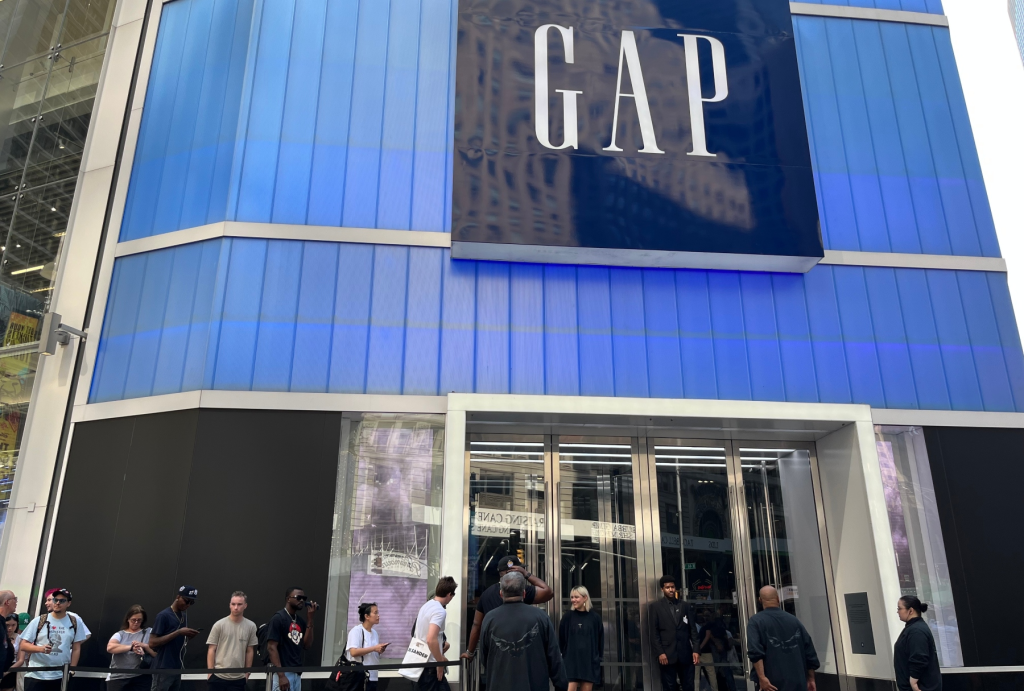
In a recent development, Gap, the American multinational clothing and accessories retailer, has reached a settlement with outdoor apparel company Patagonia over a trademark dispute. The resolution comes after a period of legal battles and negotiations between the two companies.
Background of the Trademark Dispute
The conflict between Gap and Patagonia originated when Gap launched a new line of clothing called “PataGAP,” which Patagonia claimed infringed upon their established trademark. Patagonia, known for its high-quality outdoor apparel, argued that Gap’s use of a similar name and branding elements could lead to confusion among consumers.
Legal Battle and Public Attention
The lawsuit initiated by Patagonia garnered significant public attention, as both companies possess well-established brands with a loyal customer base. The dispute brought into focus the importance of trademark protection and the potential consequences of unauthorized use.
As the legal battle unfolded, both Gap and Patagonia engaged in a rigorous defense of their respective positions. The case drew attention from industry experts, legal professionals, and consumers, who closely followed the developments and awaited a resolution.
Settlement Details and Terms
After lengthy negotiations, Gap and Patagonia have reached a settlement that aims to address the concerns of both parties. The specific terms of the settlement remain confidential, as is common in such legal agreements. However, it is believed that the resolution includes provisions to protect the integrity of Patagonia’s brand while allowing Gap to continue using its chosen branding for the designated clothing line.
In a joint statement, representatives from Gap and Patagonia expressed their satisfaction with the settlement and their commitment to upholding the integrity of their respective brands. They also emphasized their shared values regarding responsible business practices and environmental stewardship.
Lessons Learned and Future Implications
The Gap-Patagonia trademark dispute offers several lessons for businesses and entrepreneurs alike. Firstly, it underscores the importance of conducting thorough research and due diligence before launching a new product or brand. Clear awareness and understanding of existing trademarks can help businesses avoid costly legal battles and reputational damage.
Secondly, the case highlights the significance of trademark protection in the competitive business landscape. Trademarks serve as valuable assets for businesses, enabling them to differentiate themselves and cultivate brand recognition. Protecting these trademarks is crucial for preserving brand reputation and preventing confusion among consumers.
Additionally, the public attention generated by the dispute emphasizes the impact of brand perception on consumer behavior. Consumers closely observe how businesses handle such conflicts and make decisions based on the values and ethics demonstrated by the companies involved. Resolving disputes in a fair and responsible manner can contribute to maintaining consumer trust and loyalty.

Conclusion
With the settlement of the trademark lawsuit, Gap and Patagonia have taken a step towards resolving their differences and protecting their respective brands. The case serves as a reminder of the complexities involved in trademark disputes and the need for businesses to prioritize careful brand management and legal compliance.
As both companies move forward, it remains essential for them to focus on cultivating their unique brand identities and delivering exceptional products and experiences to their customers. By doing so, Gap and Patagonia can continue to thrive in their respective markets and maintain the trust and loyalty of their valuable consumer base.





